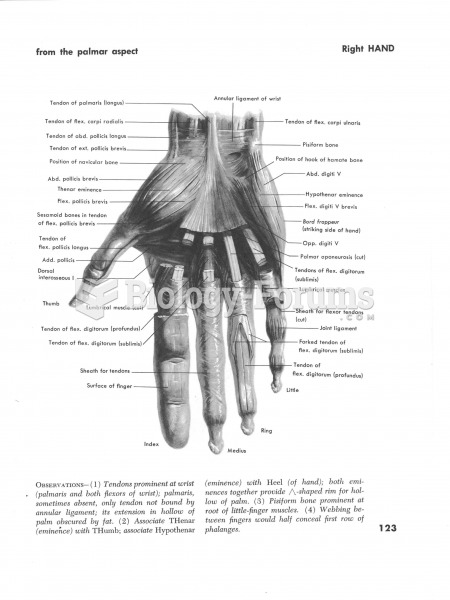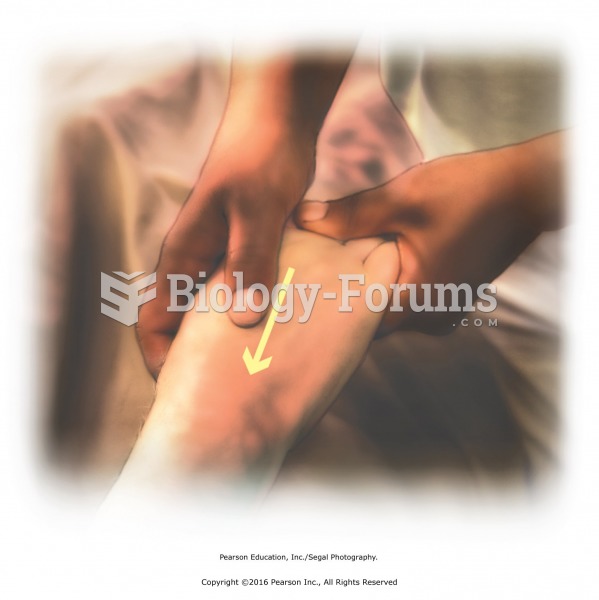Answer to Question 1
ANS: 2
Client must perceive the innovation or change as more advantageous than other alternatives or they will not make the change. Client education is essential in bringing about the change in atti-tude necessary for change. While the client is more likely to adapt the change if it is perceived as being easy, it is not the primary factor in achieving client compliance provided among the options available because client compliance is primarily a result of the client's understanding of the need for change. While cost to the client is a factor, it is not the primary factor in achieving client compliance provided among the options available since client compliance is primarily a result of the client's understanding of the need for change. An incentive is sometimes necessary, but it is not the primary factor in achieving client compliance provided among the options available, be-cause client compliance is primarily a result of the client's understanding of the need for change.
Answer to Question 2
ANS: 2
Client advocacy perhaps is more important today because of the confusion surrounding access to health care services. Your clients often need someone to help them walk through the system, identify where to go for services and tell them how to reach the individuals with the appropriate authority, what services to request, and how to follow through with the information they re-ceived. The role of the educator is to help the client assume responsibility for his or her own health care. This client has been educated to the needs related to caring for the infection but needs the nurse advocate to assist with facilitating the care. As caregiver, the nurse manages and cares for the client's health. You apply the nursing process (see Unit III) in a critical thinking ap-proach to ensure appropriate, individualized nursing care for specific clients and their families. This client's nursing care has been appropriated delivered and so that nursing role has been ful-filled. A counselor assists clients in identifying and clarifying health problems and in choosing appropriate courses of action to solve those problems. The client is first in need of assistance in dealing with the obstacles to the care of the identified probleminfection.







